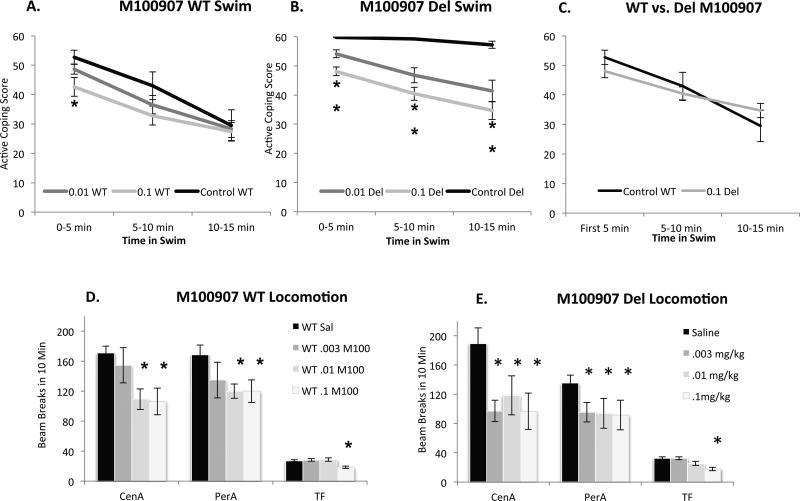Figure 4. Effects of the 5-HT2A antagonist M-100907.
A. In the forced swim test in WT mice, 0.01 mg/kg M-100907 has no significant effect, while 0.1 mg/kg reduces active coping for the first 5 minutes (* indicates p < .05). B. More dramatically in Del mice M-100907 dose-dependently reduces active coping throughout the test, and partially restores the adaptive shift from active to passive strategy (Significant genotype × drug × time interaction) ** indicates p < .05 for both doses and timepoints compared to saline Del treated; N = 16–18 mice per genotype/dose with at least 8 of each sex. C. Posthoc comparison between saline treated-WT and Del mice receiving 0.1 mg/kg M-100907 reveal no significant differences (Tukey HSD p > .05 at all time points). D. In WT mice, .1 mg/kg and .01 mg/kg reduce central ambulations (CenA) and perhipheral ambulations (PerA) while only the higher dose reduced total fine movement (TF). The lowest dose, .003 mg/kg had no significant effect. E. In Del mice, all doses reduced central ambulations (CenA) and peripheral ambulations (PerA) while only the highest dose reduced total fine movement (TF). Group size, n = 16–18 mice per genotype/dose with at least 8 of each sex.

